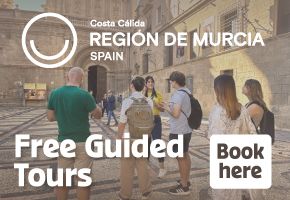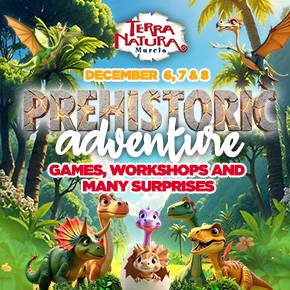
To be listed on the CAMPOSOL TODAY MAP please call +34 968 018 268.
Lorca unveils spectacular new rural walking route in Zarzadilla de Totana
Magnificent views over the countryside in the north of the municipality of Lorca
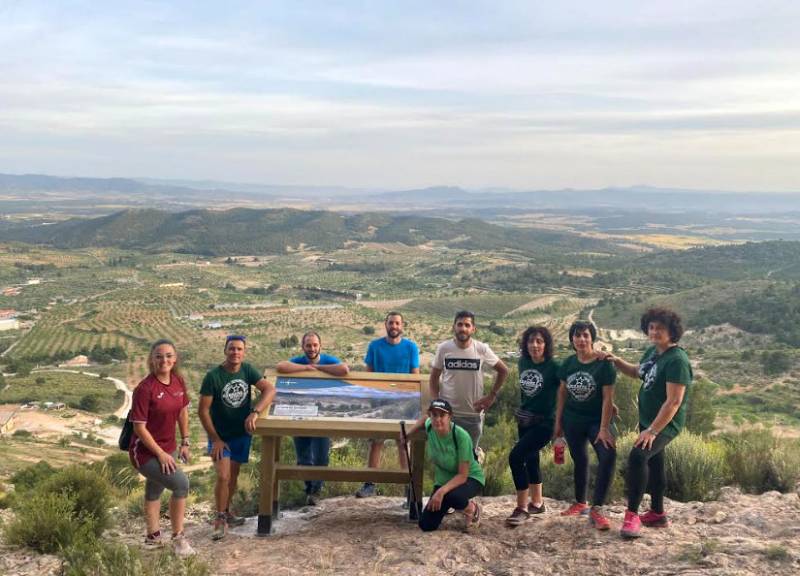 The Town Hall of Lorca has unveiled a new and spectacular fully signposted walking route in the north of the vast municipality (the second largest in Spain), leading from the village of Zarzadilla de Totana to the cave known as the Cueva del Compadre in the mountains of the Sierra de Pedro Ponce.
The Town Hall of Lorca has unveiled a new and spectacular fully signposted walking route in the north of the vast municipality (the second largest in Spain), leading from the village of Zarzadilla de Totana to the cave known as the Cueva del Compadre in the mountains of the Sierra de Pedro Ponce.
On the one hand this reflects the council’s commitment to promoting healthy outdoor living and physical exercise, while on the other it gives a boost to the profile of an area which is infrequently visited despite its wonderful landscape and the variety of wildlife to which it is home. Around Zarzadilla de Totana are numerous species of birds of prey, including the booted eagle (Hieraaetus pennatus), the short-toed snake eagle (Circaetus gallicus) and the common buzzard (Buteo buteo).
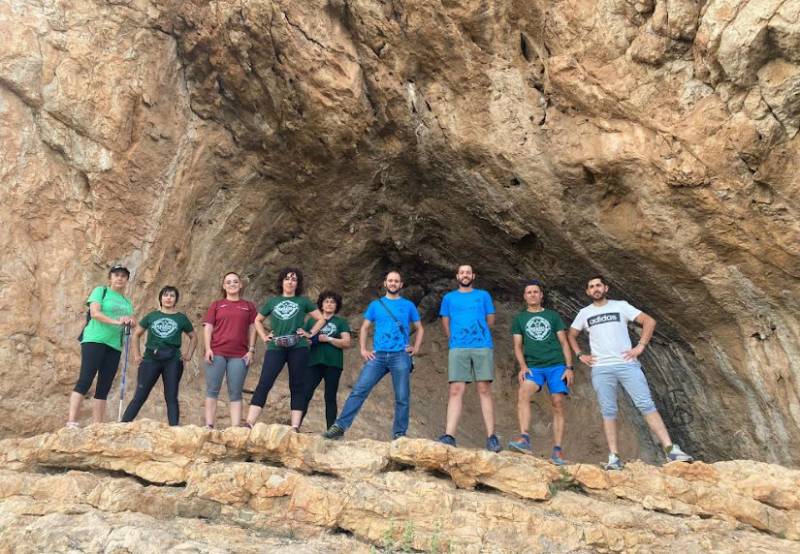 The 3.3-kilometre return route begins at the small parish church of Zarzadilla de Totana and includes a climb of 218 metres up to the Cueva del Compadre, from where the views are breathtaking. It is appropriate for all ages and most fitness levels, with the exception of the very young and the elderly.
The 3.3-kilometre return route begins at the small parish church of Zarzadilla de Totana and includes a climb of 218 metres up to the Cueva del Compadre, from where the views are breathtaking. It is appropriate for all ages and most fitness levels, with the exception of the very young and the elderly.
At the top of the climb is an information board explaining which geographical features can be seen from this privileged spot.
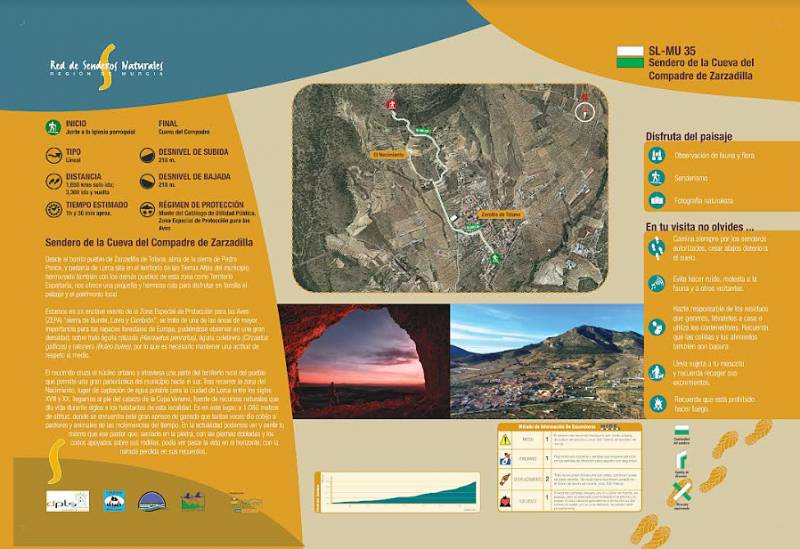 For more local news, events and visiting information go to the home page of Lorca Today.
For more local news, events and visiting information go to the home page of Lorca Today.
Oficina de Turismo de Lorca

The rich and extensive history of Lorca has left a legacy of archaeological sites, and historic buildings, around which the modern city has built its tourism industry. Among these are Lorca Castle, the Jewish quarter of the castle and synagogue, Plaza de España, Colegiata de San Patricio, Museo de Arqueologico Municipal, Iglesia de San Francisco, Casa Huerto Ruano, Palacio de Guevara, Iglesia de San Mateo, Pósito de los Panaderos, Convento Virgen de las Huertas, Antiguo Convento de la Merced, Iglesia del Carmen and the Teatro Guerra.
 Unfortunately Lorca has also been prone to natural disaster, suffering a Gota Fría on September 28th 2012, as well as two earthquakes measuring 5.3 and 5.5 on the Richter scale on 11th May 2011, claiming 9 lives. Since this earthquake the city has been rebuilding, winning recognition for its Lorca, Open for Restoration initiative, which used the restoration of the city as a tourist attraction whilst it rebuilt its historical buildings, some of which are currently still not open.
Unfortunately Lorca has also been prone to natural disaster, suffering a Gota Fría on September 28th 2012, as well as two earthquakes measuring 5.3 and 5.5 on the Richter scale on 11th May 2011, claiming 9 lives. Since this earthquake the city has been rebuilding, winning recognition for its Lorca, Open for Restoration initiative, which used the restoration of the city as a tourist attraction whilst it rebuilt its historical buildings, some of which are currently still not open.
The tourist office relocated for 14 years to Calle San Patricio, near the church, but has now returned to its former premises alongside the Palacio de Guevara in the Plaza Concha Sandoval, or Plaza de la Bordadora (click for map).
Lorca also has an area of coastline incorporating the Parque Regional de Cabo Cope - Puntas de Calnegre, in the Sierra de Almenara, which includes the beaches of Puntas de Calnegre, Baño de las Mujeres, San Pedro, El Siscal, Cala Honda, Cuartel del Ciscar, Junquera, Cala de la Gruta, Cala Leña, Los Hierros, Cala Blanca and Playa Larga, although many are accessible only along difficult tracks or by boat!

However, in spite of its many attractions, the name of Lorca is synonymous with Easter, (Semana Santa) its biblical parades of International Tourist Interest status and famous throughout Spain. The week includes a series of processions in which the Whites (Paso Blanco) and Blues (Paso Azúl) try to outdo each other with the magnificence of their embroideries and the skill and daring of their horsemen.
Lorca also has a Parador hotel, located within the historic castle.
Opening hours for Lorca tourist office:
Every day of the year apart from 1st and 6th January and 25th December, 10.00 to 14.00 and 16.30 to 18.30 (except Sunday afternoons).
These opening times are often extended and other information points created during the Semana Santa celebrations.
For more local news, events and visiting information go to the home page of Lorca Today

